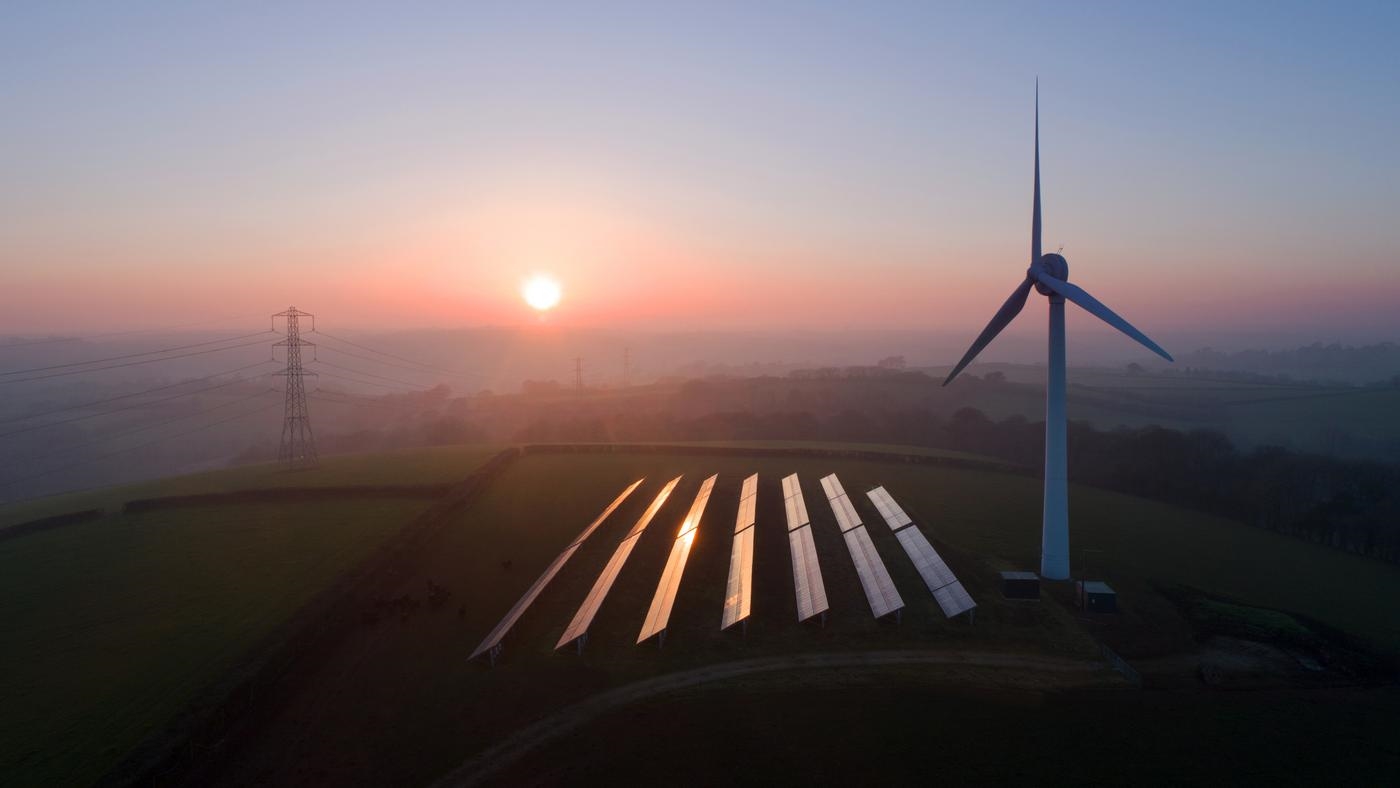Get in touch
-
Mark Thomtonmark.thomton@woodmac.com
+1 630 881 6885 -
Hla Myat Monhla.myatmon@woodmac.com
+65 8533 8860 -
Chris Bobachris.boba@woodmac.com
+44 7408 841129 -
BIG PartnershipWoodMac@BigPartnership.co.uk
UK-based PR agency
14% increase in European coal demand to be short-term trend
Little opportunity for increased infrastructure and for metallurgical coal crossing over; coal on pace to be phased out by renewables within less than a decade
2 minute read
European seaborne thermal coal demand is projected to increase 14% or 12 million metric tonnes (Mt) this year to 98 Mt as it grapples with the current energy crisis. But this will be a short-lived bump and provide no significant opportunities to expand existing coal infrastructure, as global demand will continue to trend downward, say analysts at Wood Mackenzie, a Verisk business (Nasdaq: VRSK).
Adam Woods, Senior Research Analyst with Wood Mackenzie said: “With many European nations increasing thermal coal use, an additional nine gigawatts (GW) of coal-fired capacity has been made available to meet energy demands and make up for the decline in Russian energy imports. Coal prices are surging, but they are still more affordable than record-high gas prices. While this scenario has made for a slight resurgence, we believe that this will be a relatively short-term event and we do not see companies making major investments to increase infrastructure or long-term production.”
Wood Mackenzie estimates that of the additional 9 GW of coal capacity being made available, only 4.4 GW is in the market, while the rest will be used as an emergency backup in case of an electricity shortage - despite coal-fired power being more economic than natural gas.
The Queensland hard coking coal benchmark remains unnaturally lower than the Newcastle thermal coal price, spurring questions about metallurgical coal crossing over to the thermal market and providing an even cheaper alternative.
“Despite being classified as a coal and being cheaper than thermal coal at this moment, in general, most metallurgical coals do not make great fuels for power plants. Their coal qualities can be a hindrance, and at worst a detriment, to power plant operational efficiency. In our opinion, there will be no wholesale swaps between the two coal types. Though, subject to spot cargo availability, there will be limited options for certain metallurgical coals to crossover to the European import thermal coal market,” said Anthony Knutson, Principal Analyst, Coal.
Long-term, global thermal coal demand will continue to recede. Conversely, this recent bump in coal may speed up the change to renewables in Europe, as this current crisis has highlighted the need for energy security and independence.
Said Woods, “We expect higher European coal-fired generation to last until the middle of this decade. However, imported higher-quality coal generation will still be phased out completely by the end of the decade, although lower-quality domestic lignite generation could extend much further. The higher energy price outlook and supply security concerns make renewables more attractive. We think we will see an additional 35 GW of solar and 15 GW of wind by 2030 in Europe, driven by policy changes such as Germany’s doubling of its 2030 solar target to 205 GW from 100 GW.”





